Filter By:
Main Cloud Types
- Cumulus
- Stratus
- Stratocumulus
- Altocumulus
- Altostratus
- Cirrus
- Cirrocumulus
- Cirrostratus
- Nimbostratus
- Cumulonimbus
Other Clouds
- Arcus
- Asperitas
- Cap / banner clouds
- Capillatus
- Castellanus
- Cataractagenitus
- Cauda (Tail cloud)
- Cavum (Fallstreak hole)
- Congestus
- Contrail (homogenitus)
- Duplicatus
- Diamond dust
- Distrail
- Fibratus
- Flammagenitus (Pyrocumulus)
- Floccus
- Fluctus (Kelvin-Helmholtz)
- Fractus
- Homogenitus
- Horseshoe vortex
- Humilis
- Incus
- Intortus
- Lacunosus
- Lenticularis
- Mamma
- Morning Glory Cloud
- Murus (Wall cloud)
- Mediocris
- Nacreous
- Nebulosus
- Noctilucent
- Pannus
- Perlucidus
- Pileus
- Praecipitatio
- Radiatus
- Silvagenitus
- Spissatus
- Stratiformis
- 'Supercilium' (not official classification)
- Translucidus
- Tuba / Twister
- Uncinus
- Undulatus
- Velum
- Vertebratus
- Virga
- Volutus (Roll cloud)
Optical Effects
- 22° Halo
- 46° Halo
- Circumhorizon Arc
- Circumscribed halo
- Circumzenithal Arc
- Cloudbow / Fogbow
- Corona
- Crepuscular rays & shadows
- Diffuse arcs
- Green flash
- Glory
- Halos
- Helic arc
- Infralateral arc
- Iridescence
- Lower Sun Pillar
- Lower Tangent Arc
- Moonbow
- Moondogs
- Parhelic circle
- Parry antisolar arcs
- Parry arc
- Parry infralateral arc
- Parry supralateral arc
- Rainbow
- Sub parhelion
- Sub-sun
- Suncave parry arc
- Sun dog (Parhelion)
- Sun pillar
- Supernumerary bows
- Subparhelic circle
- Supralateral arc
- Upper tangent arc
- Wegener arc
A rare sighting of a 4-ringed Corona over the Jungfraujoch in the Bernese Alps.
11 thoughts on “Mark McCaughrean”
Leave a Reply Cancel reply
You must be logged in to post a comment.
This site uses Akismet to reduce spam. Learn how your comment data is processed.
Cap Cloud spotted over Mt. Shasta, California, US
Leave a Reply Cancel reply
You must be logged in to post a comment.
This site uses Akismet to reduce spam. Learn how your comment data is processed.
Altocumulus perlucidus spotted over Hilo, Hawaii, US
Leave a Reply Cancel reply
You must be logged in to post a comment.
This site uses Akismet to reduce spam. Learn how your comment data is processed.
Altocumulus stratiformis undulatus, also known as a 'mackerel sky', spotted over Dehradun, Uttarakhand, India
Leave a Reply Cancel reply
You must be logged in to post a comment.
This site uses Akismet to reduce spam. Learn how your comment data is processed.
An expansive view from atop Gemsstock Mountain Peak, Andermatt, Switzerland
Leave a Reply Cancel reply
You must be logged in to post a comment.
This site uses Akismet to reduce spam. Learn how your comment data is processed.
Cumulus fractus spotted over West Esfahan, Iran
Leave a Reply Cancel reply
You must be logged in to post a comment.
This site uses Akismet to reduce spam. Learn how your comment data is processed.
A layer of Stratocumulus over Twisp, Washington, US
Leave a Reply Cancel reply
You must be logged in to post a comment.
This site uses Akismet to reduce spam. Learn how your comment data is processed.
A swirl of clouds spotted above an exact plaster replica of the statue Aphrodite of Milos, in Milos, Greece
Leave a Reply Cancel reply
You must be logged in to post a comment.
This site uses Akismet to reduce spam. Learn how your comment data is processed.
Sunset with mammatus (mamma) and lightning, spotted over Daytona Beach, Florida, US
Leave a Reply Cancel reply
You must be logged in to post a comment.
This site uses Akismet to reduce spam. Learn how your comment data is processed.
A dynamic and vivid sunset near Lexington, Virginia, US
Leave a Reply Cancel reply
You must be logged in to post a comment.
This site uses Akismet to reduce spam. Learn how your comment data is processed.
Altocumulus perlucidus spotted over Sanxia, New Taipei City, Taiwan
Leave a Reply Cancel reply
You must be logged in to post a comment.
This site uses Akismet to reduce spam. Learn how your comment data is processed.
Sunrise over Central Province, Iran
Leave a Reply Cancel reply
You must be logged in to post a comment.
This site uses Akismet to reduce spam. Learn how your comment data is processed.
Cumulus spotted over Modbury Heights, Adelaide, South Australia, Australia
Leave a Reply Cancel reply
You must be logged in to post a comment.
This site uses Akismet to reduce spam. Learn how your comment data is processed.
Mid-morning iridescence over Lebec, California, US
Leave a Reply Cancel reply
You must be logged in to post a comment.
This site uses Akismet to reduce spam. Learn how your comment data is processed.
Winter solstice sky over Rocky Mount, Virginia, US
Leave a Reply Cancel reply
You must be logged in to post a comment.
This site uses Akismet to reduce spam. Learn how your comment data is processed.
Mammatus (Mamma) spotted in the morning sky over Arlington, Virginia, US
Leave a Reply Cancel reply
You must be logged in to post a comment.
This site uses Akismet to reduce spam. Learn how your comment data is processed.


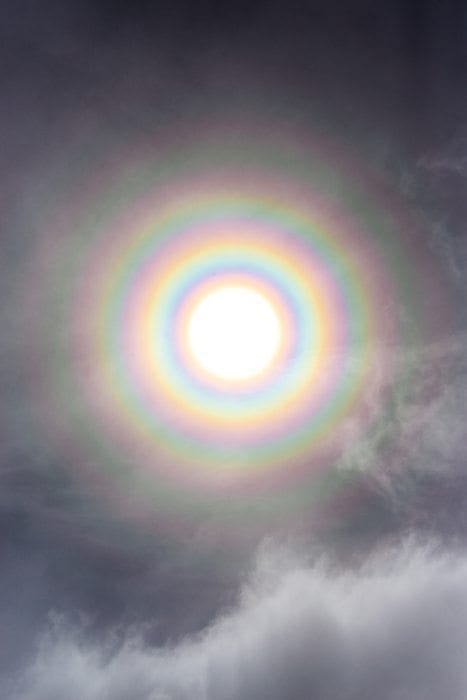
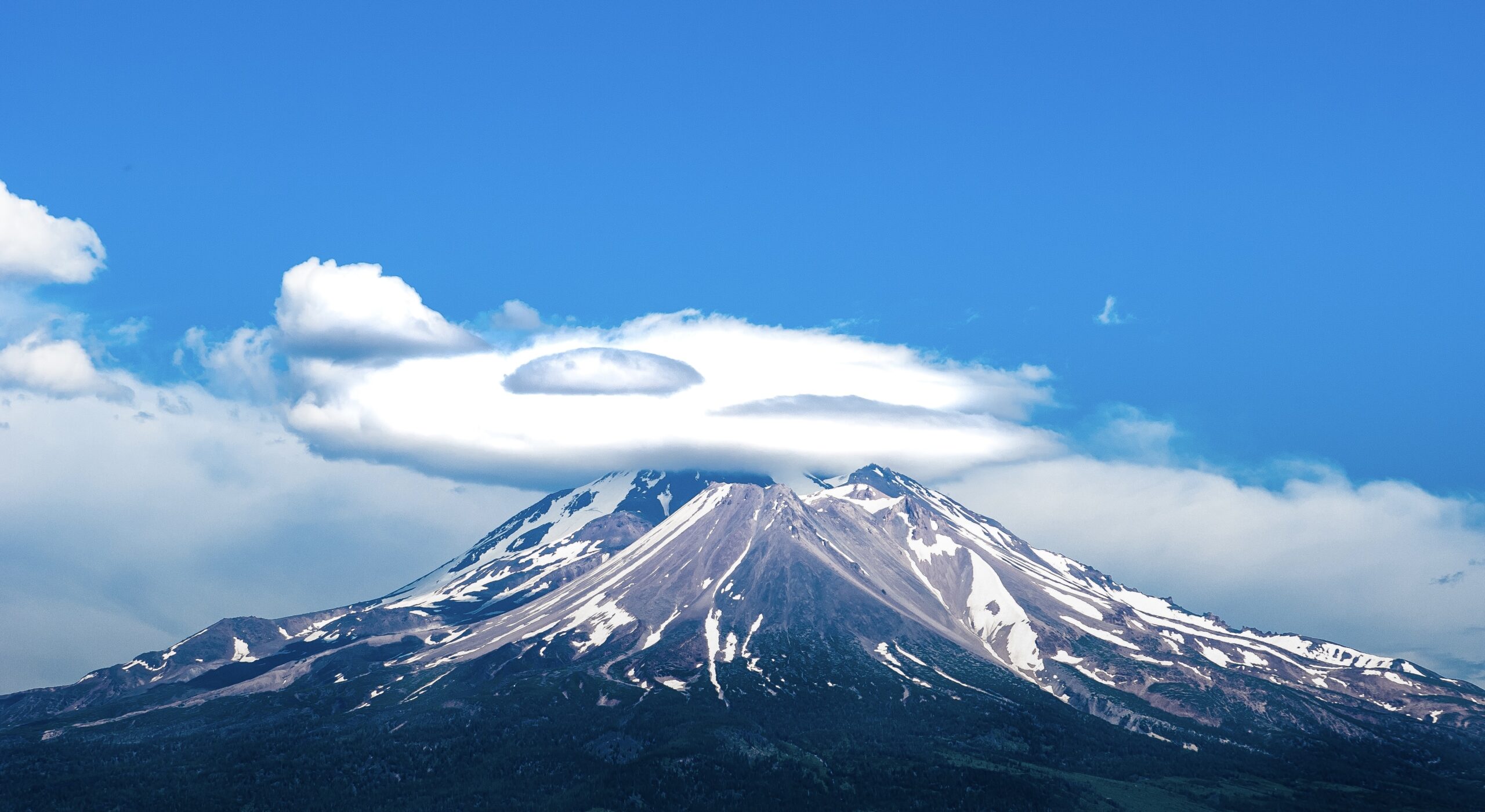



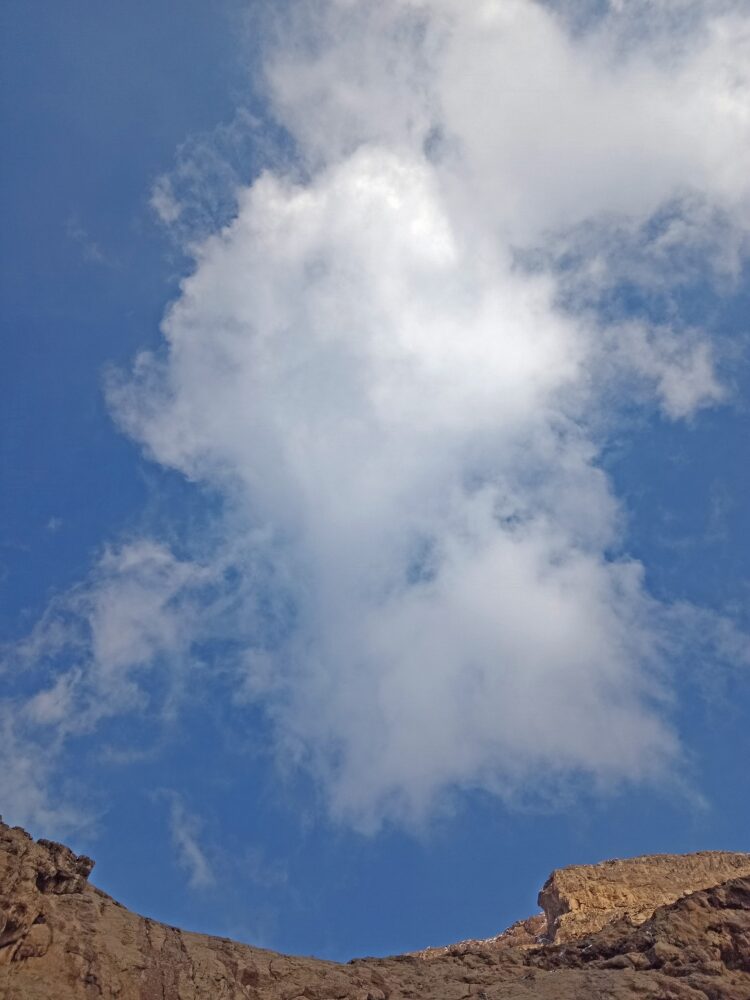
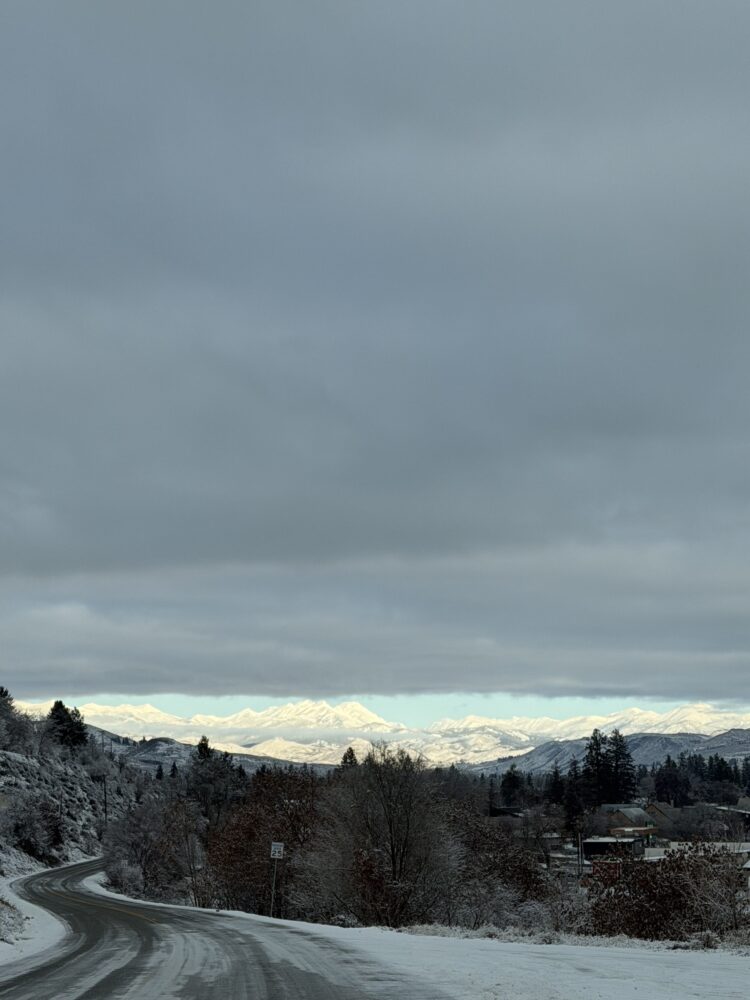
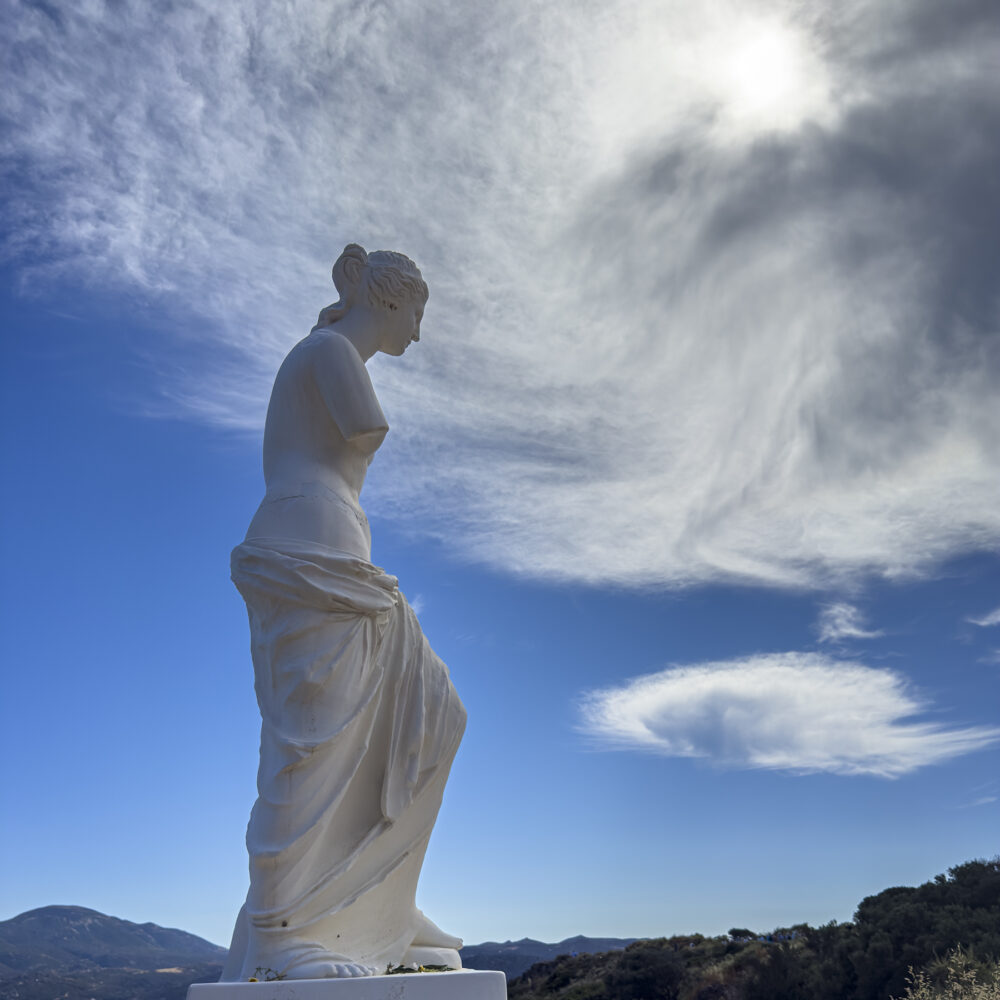
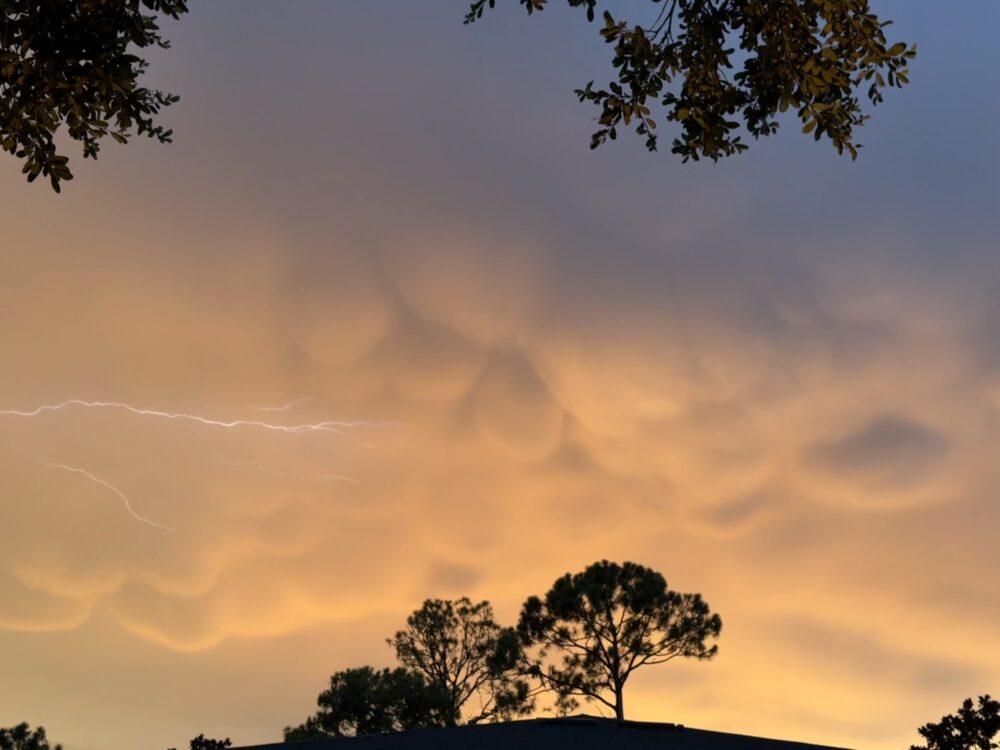
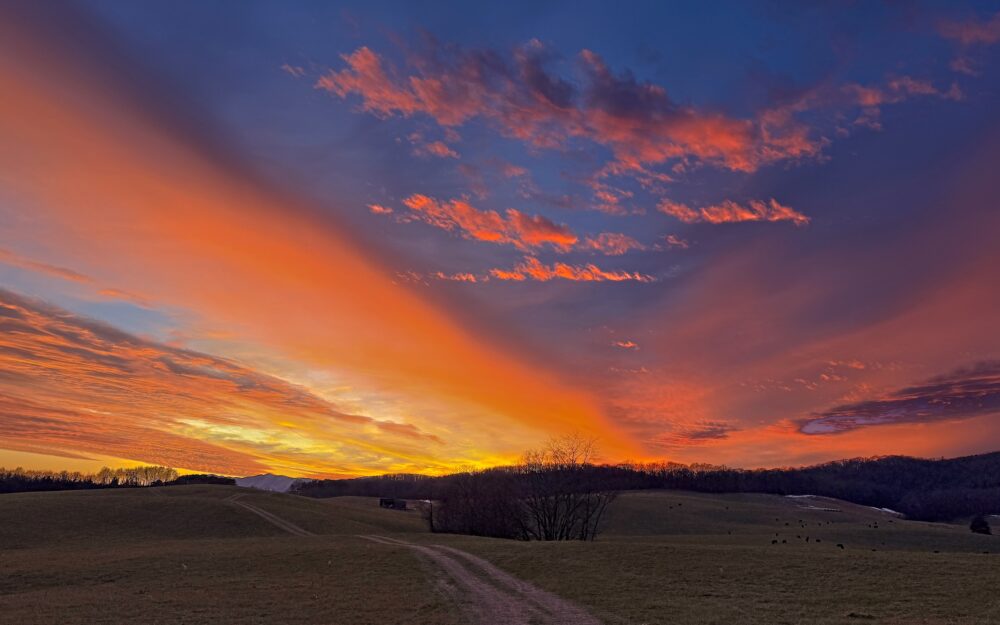

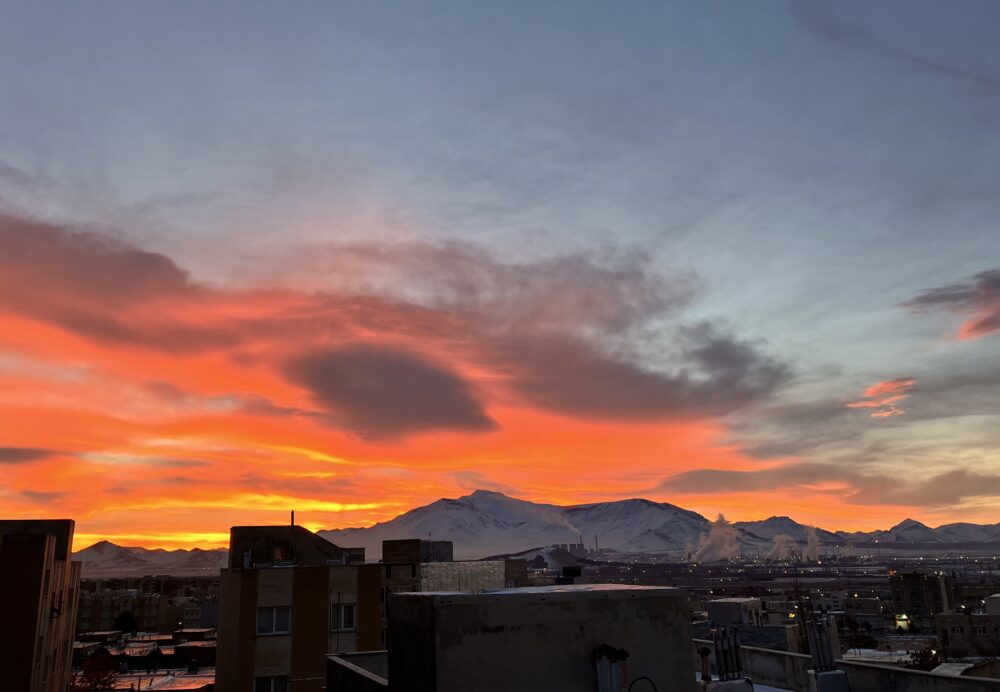
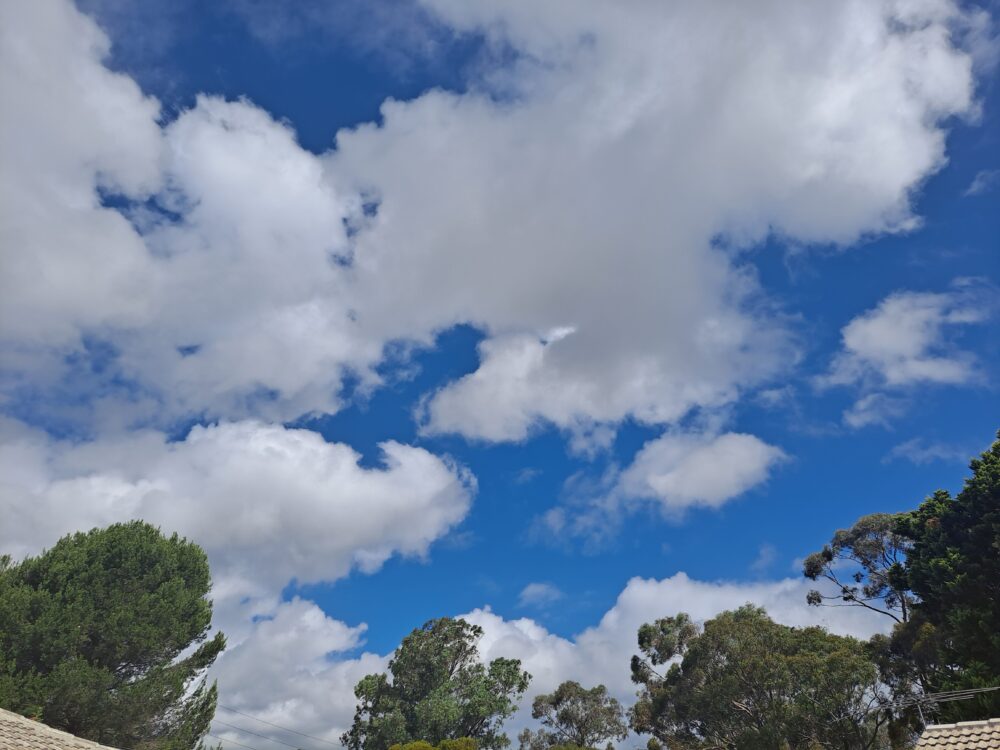
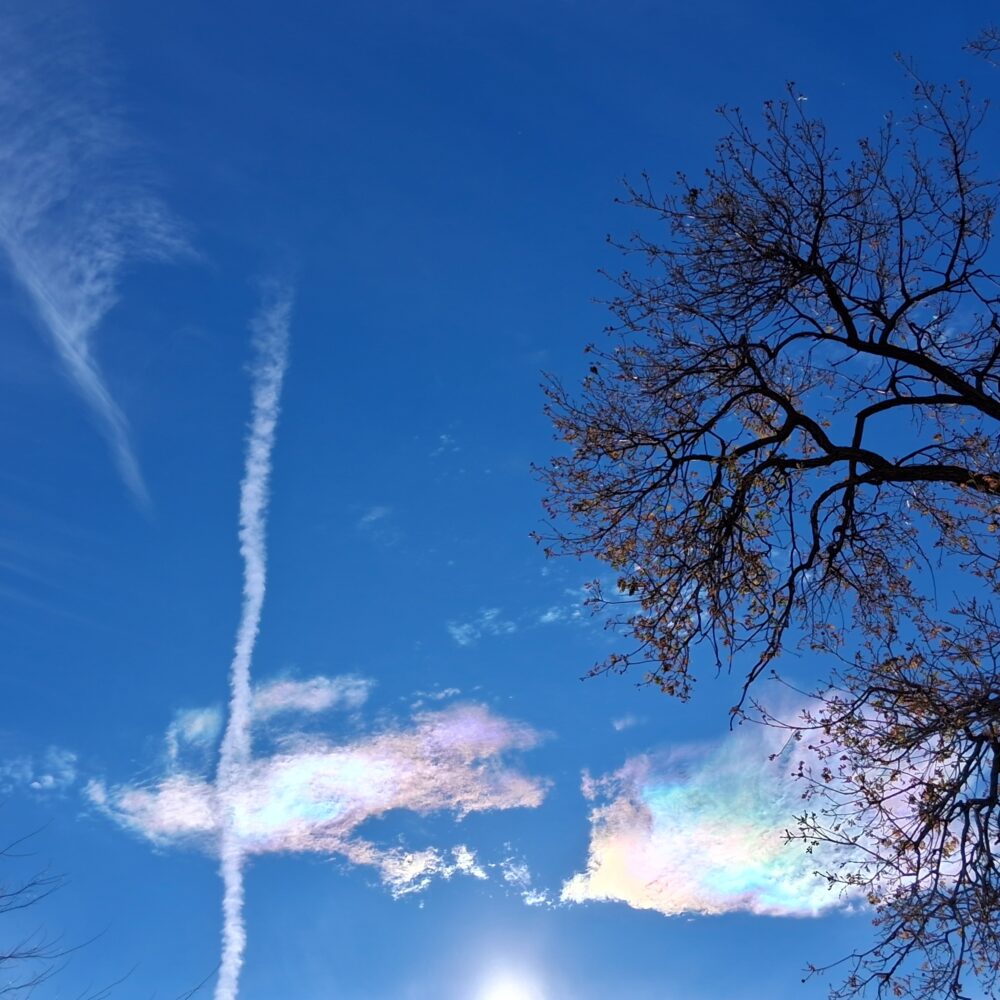
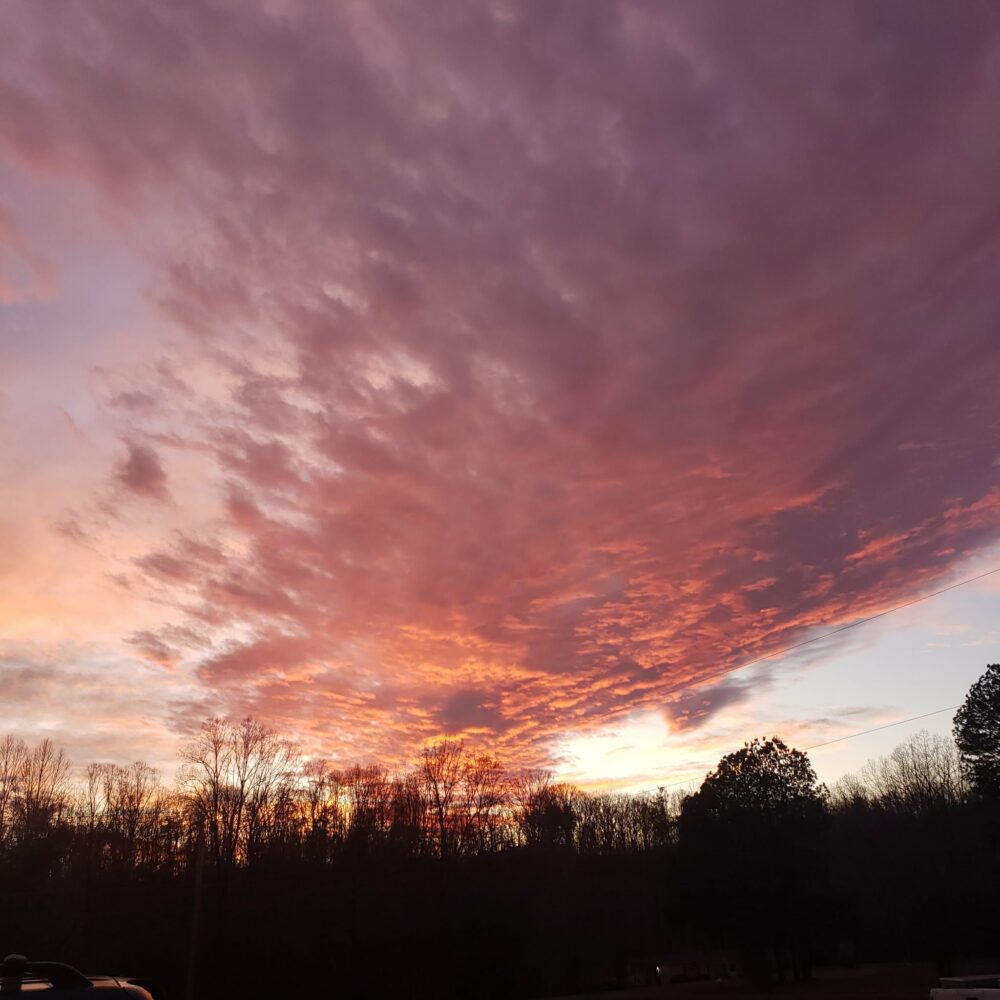
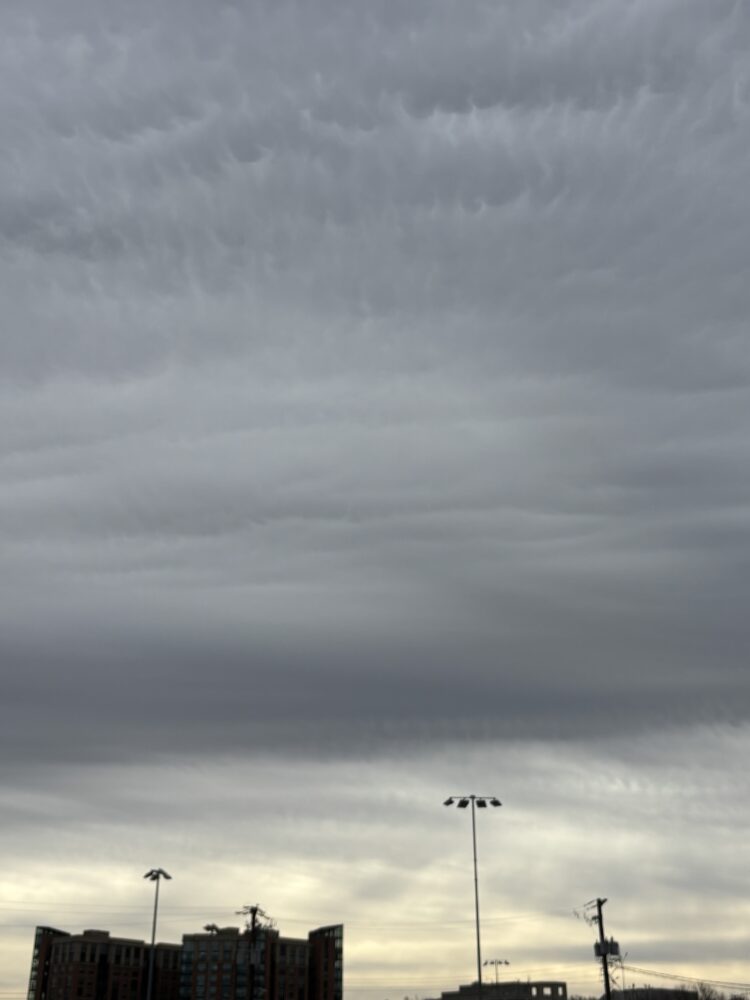

Wow.
Beautiful
Thanks, Margret; sounds like I was quite lucky on that day then. Interestingly, I expect that most people up there at the same time didn’t notice it: it’s not the obvious thing to do, looking at the Sun :-)
Indeed, if I recall correctly, I first noticed the corona (which was coming and going quite rapidly) when taking a picture down towards the glacier. The Sun was in the shot, but rather attenuated by the camera optics, making it easy to notice the corona. But once I knew it was there, it was very easy to observe naked-eye as well, blocking the Sun with my hand.
Amazing photo. I’ve been up there a few times and have never seen anything like this. Very dense fog, yes; clear, crystalline air, yes; Alpine choughs riding the thermals, yes – so, worth a trip regardless of the weather!
I’ve been up there a few times and have never seen anything like this. Very dense fog, yes; clear, crystalline air, yes; Alpine choughs riding the thermals, yes – so, worth a trip regardless of the weather!
Many thanks, Mark, for the additional information you provided about the taking of your unique photo – I found it most interesting. One day perhaps I may see such an event when I plan to visit the Bernese Oberland, Switzerland next year.
Kind regards.
Laurence
Thanks, Laurence. It was indeed a wonderful sight, but in some sense, the photo slightly overplays it. Not because it has been heavily processed or anything, but simply because in real life, it was a very fleeting spectacle, coming and going rapidly as the wind blew the ragged clouds over the summit. Conversely, the picture allows you to stare at it and soak up the beauty :-)
Given the particular topography of the Jungfraujoch, I’d hazard a guess that such conditions are quite common there and it seems possible that multi-ringed coronae might be seen quite often. So make the trip: it’s well worthwhile in any case :-)
Brilliant, Mark. What a unique spectacle to see! Lucky, so lucky, you.
Laurence
It’s incredible ~
Thanks, John: clouds were blowing up sporadically over the Jungfraujoch from the Aletsch glacier, and at points where they were thin, there was a nice corona to be seen, albeit rapidly changing as the clouds blew through.
That said, I didn’t quite realise how rare and special a 4-ringed corona is until I did a little checking on Les Cowley’s Atmospheric Optics later on.
Superb Capture Mark !